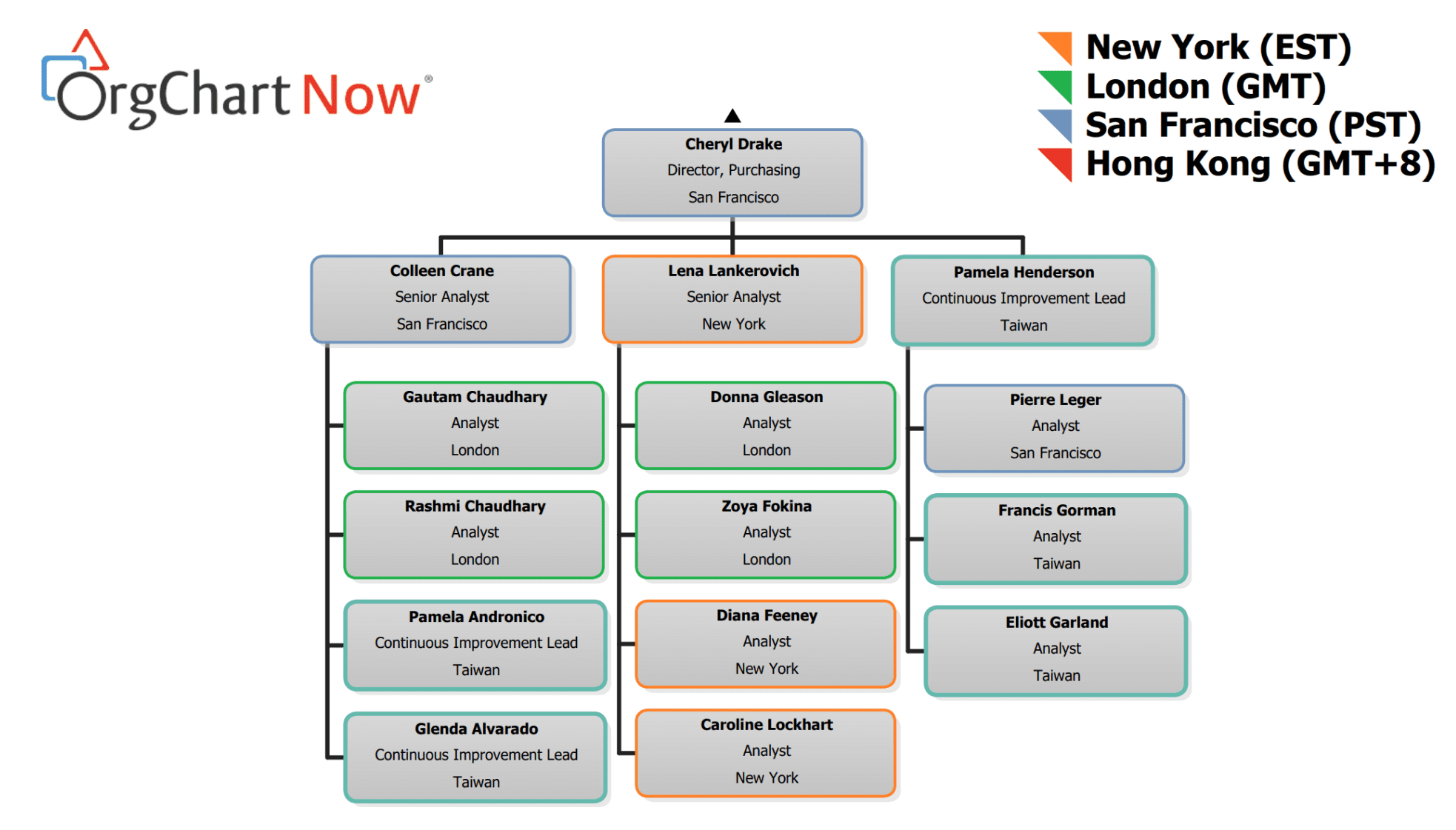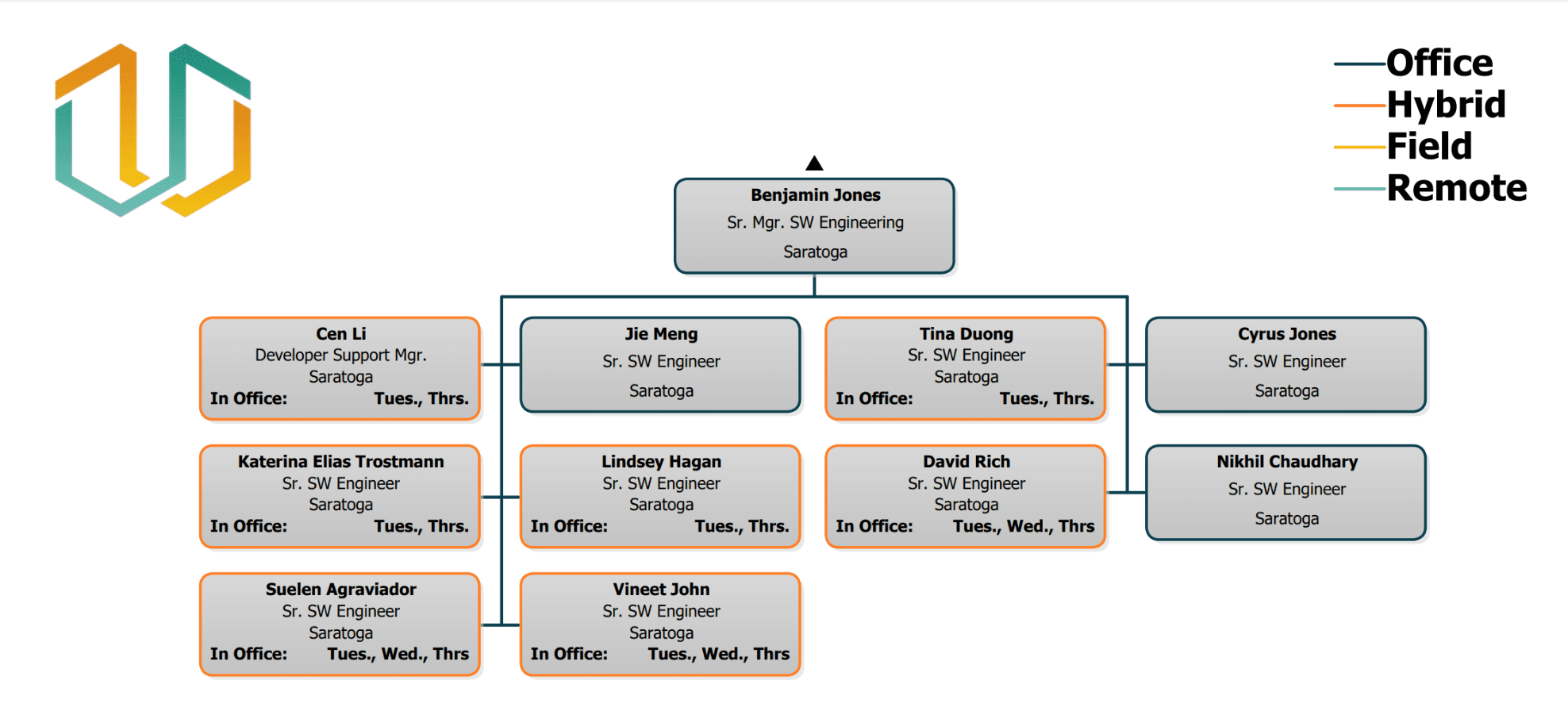Moving To A Hybrid Workplace Model
Driving Factors Behind the Push to a Hybrid Workplace
Ever since many offices were vacated in their entirety all around the world in early 2020, management and HR departments have been reimagining what a return to the workplace might look like. Both employers and employees learned many things by the forced remote working situation that many had never been exposed to previously. While some aspects were appreciated, such as the lack of a stressful commute, the social and collaborative advantages of being face-to-face were sometimes missed. Of course, for each business, industry and individual, this change to mass remote working was experienced, perceived and adapted to in vastly different ways.
Despite the variety of ways the pandemic lockdowns were experienced, several surveys have tried to uncover a consensus on how employees and employers would prefer to operate during the “new normal”. A survey by the University of Sydney Business School found that 75% of workers believed their employers would support more working from home post-pandemic and Australians on average wanted two days a week remotely. A U.S. survey conducted by PWC at the very end of 2020 uncovered concerns by the 133 executives polled that corporate culture could not survive a purely remote working model. Three days per week in the office was found to be the preferred set up as far as staff in-office availability is concerned.
So with a general acceptance that the majority of workers, at least at this point in time, favor some sort of hybrid model in returning to the workplace, how do HR managers adapt and accommodate their workforces? Add to this the pressure many industries are facing in retaining employees with a greater percentage than ever before reevaluating their careers.
“The human and organisational logistics of hybrid work are daunting,” opines Eric Mosley in his Forbes article, Going Hybrid? Make it human. “With good planning and the right mix of technologies, skills, and creative thinking they can be anticipated and managed.”
There’s no doubt adaptation to new technologies is going to prove critical to the success of new workplace set ups. An increase in physically and geographically dispersed collaboration sessions will continue to be the norm. In-office interactions will be less spontaneous and require greater scheduling. One major concern to be combatted is the emergence of a two-tiered culture, one where employees working remotely might fear missing out on training or promotion opportunities by not being present physically.
Visualising the Hybrid Workplace with OrgChart
How can OrgChart software be used to bridge the gaps of a hybrid workplace? Simply having a freely available, real-time visual representation of the organisational structure living on the company intranet can promote connectedness. Even before the pandemic, our charts were being used to coordinate multinational teams. As well as bringing an understanding of each employee’s place in the team, they can be used by management to streamline meeting scheduling in different time zones and ensure that all the right stakeholders have a seat at the virtual table.

Time zones for a global team
As mentioned previously, employees’ personal preferences on remote working vary greatly. For example, the Harvard survey showed married people want to go back full-time more than singles. To be competitive in a challenging recruiting environment, businesses may incorporate several different models to accommodate varied work roles and personal lifestyle preferences of their employees. Keeping track of this in a visual that represents data from a central HRIS database can be a useful tool. Being able to see with a glance who is in the office, and when, can be advantageous for scheduling important meetings when in-person interactions are preferred or managing new office space arrangements.

In office display shows who is physically present and available for in-person meetings
Whether the preference for a hybrid workplace persists remains to be seen. Surveys taken earlier this year show that at least part of the reluctance to return to work is driven by a fear of being infected. The Harvard study showed 71% are hesitant to go back until everyone is fully vaccinated. As the level of vaccination increases (more and more institutions are mandating it) one would expect the percentage of people comfortable returning to the office to increase. In the meantime HR and management must use new processes and technology to assist the return to work, whatever that looks like.
Contact our experts for a free demo if you are interested in finding out how our org chart software can be applied to smooth the transition as employees adapt to new workplace realities.


